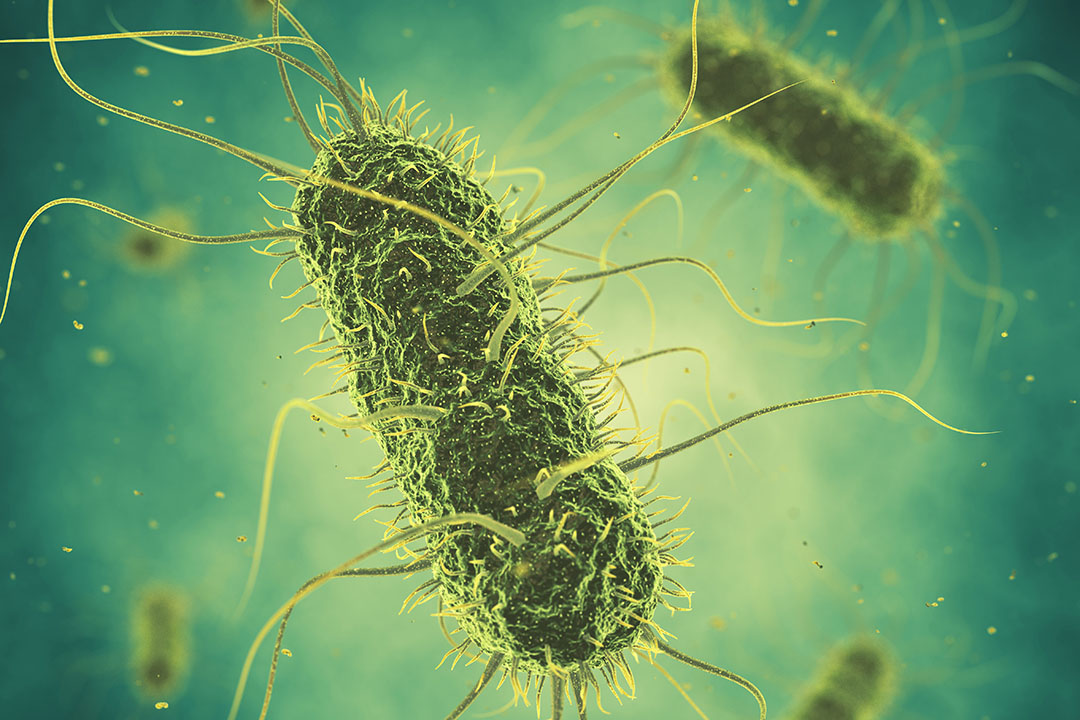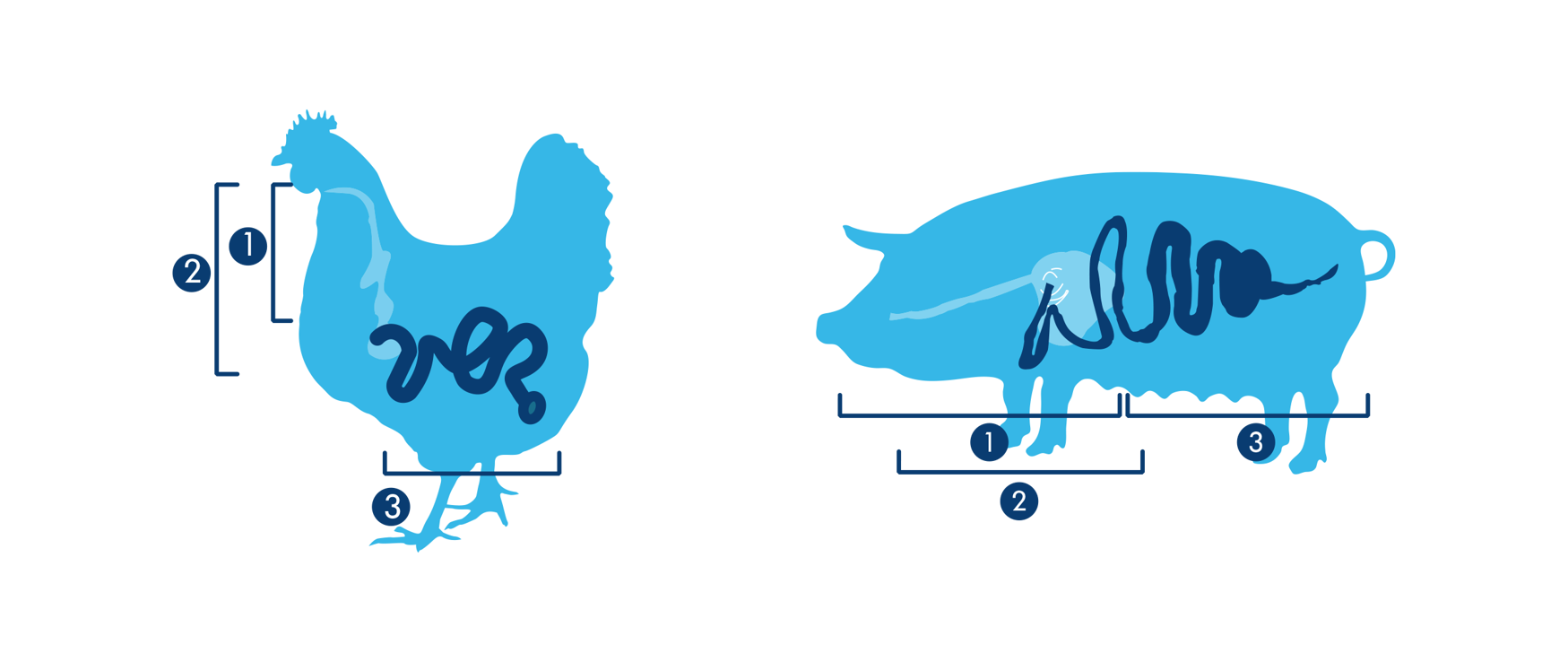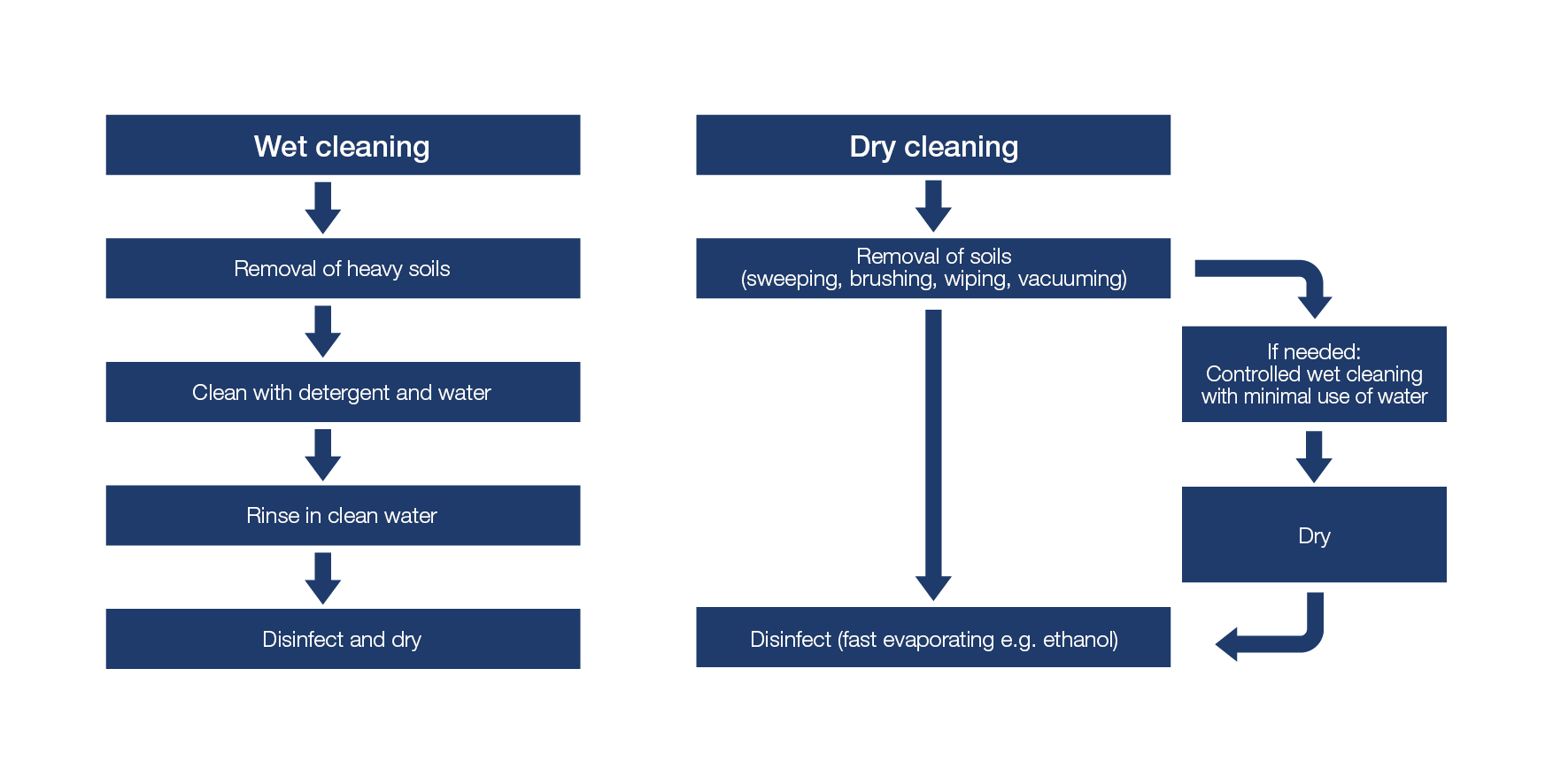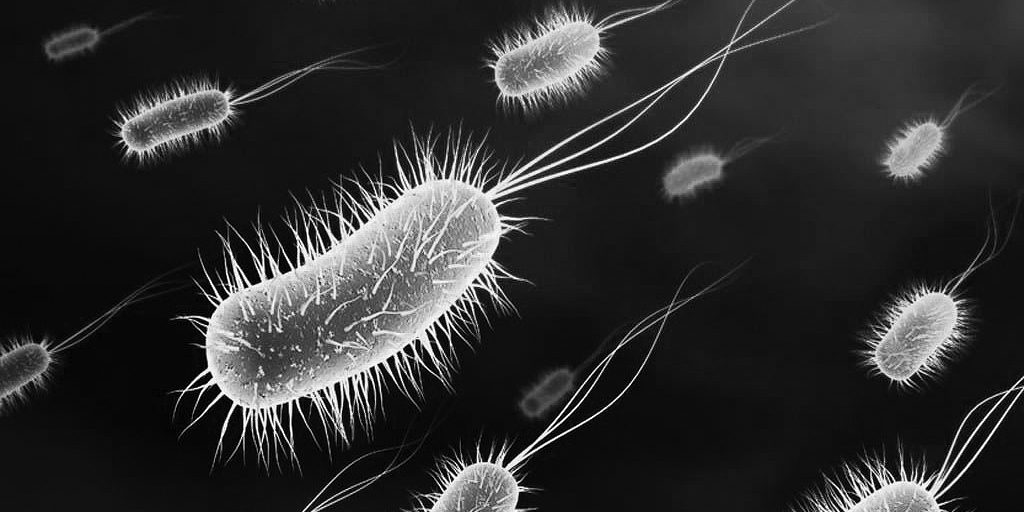Simple Info About How To Control Salmonella

In addition to culture, other methods for the detection of salmonella in water include most.
How to control salmonella. The cdc estimates salmonella bacteria causes about 1.35 million infections, 26,500 hospitalizations, and 420 deaths in the united states every year. Salmonella infection is typically spread to humans through: Despite their appearance in everyday meals and.
Testing can help guide treatment decisions. Salmonella infection (salmonellosis) is a common bacterial disease that affects the intestinal tract. This review presents an updated overview of the global epidemiology, the relevance of official control, the disease association with food handlers and the importance of food safety to salmonellosis.
Furthermore, numerous control measures for salmonellosis have been discussed. Wash hands with warm water and soap following the cleaning and sanitation process. Some people with salmonella infection have no symptoms.
Cleanliness and food preparation precautions are the best defense against infection. What you need to know. How do you get salmonella poisoning?
Take a look at these five facts and cdc’s tips for lowering your chance of getting a salmonella infection. To date, culture methods are still the gold standard for detection, isolation and identification of salmonella in foods and water. How salmonella is treated.
Some people are more likely to get an infection and serious illness. Health library / diseases & conditions / salmonella, or salmonellosis, is an infection with salmonella bacteria that causes diarrhea, fever and stomach pains. Salmonella infection is diagnosed when a laboratory test detects salmonella bacteria in a person’s poop (stool), body tissue, or fluids.
If dehydration is severe, emergency room care or hospitalization may be needed so that fluids can be delivered directly into a vein. Patients should drink extra fluids as long as diarrhea lasts. Salmonella is a gram negative rods genus belonging to the enterobacteriaceae family.
You may need prescriptions or medical care as well depending on a number of factors. Within 2 species, salmonella bongori and salmonella enterica, over 2500 different serotypes or serovars have been identified to date.salmonella is a ubiquitous and hardy bacteria that can survive several weeks in a dry environment and. These germs can spread from the birds to their eggs.
Antibiotics are typically used only to treat people with severe illness. Diagnosing salmonella infection requires testing a specimen (sample), such as stool (poop) or blood. Salmonella bacteria typically live in animal and human intestines and are shed through stool (feces).
You can take steps to prevent infection, such as following the clean, separate, cook, and chill guidelines. This website focuses on the types of salmonella that most commonly cause diarrheal illness. Because salmonella infection can cause dehydration, treatment focuses on replacing lost fluids and electrolytes — minerals that balance the amount of water in the body.
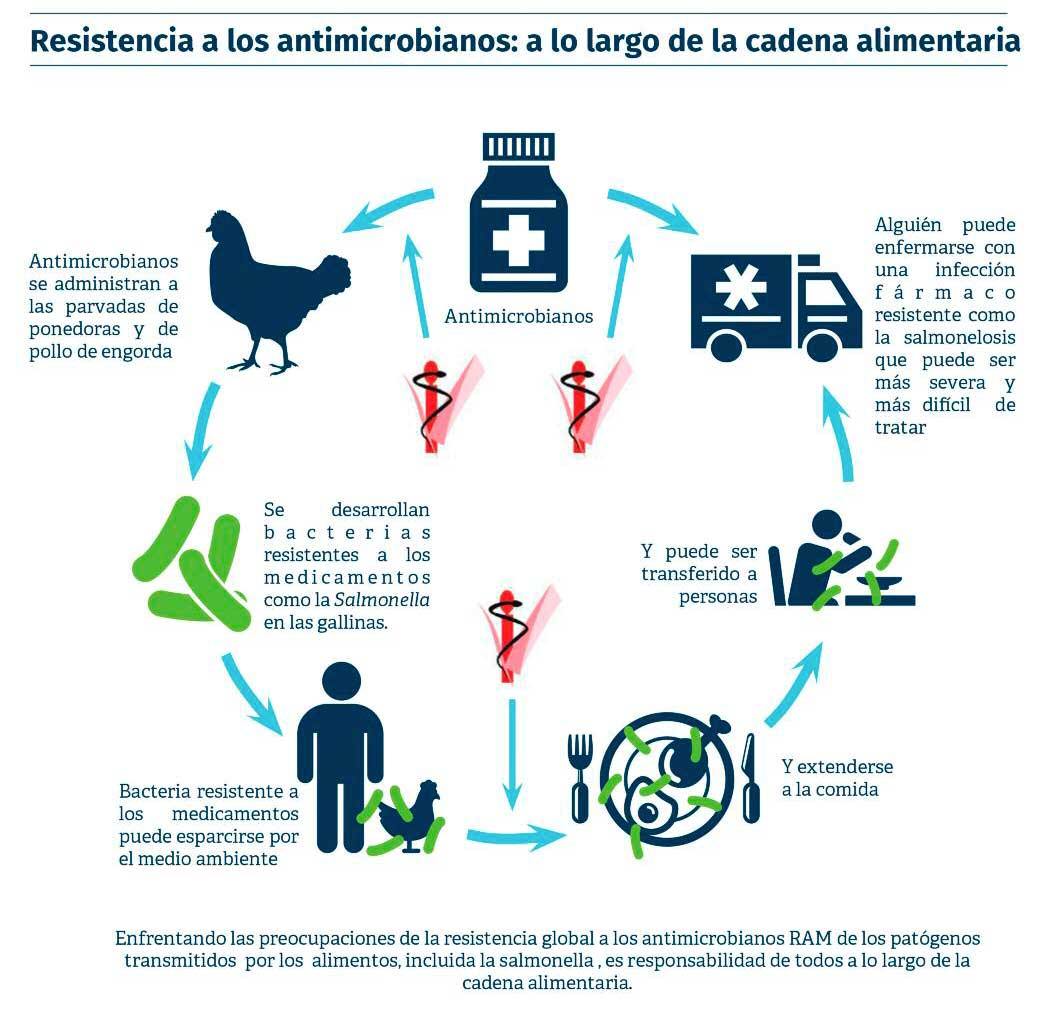

:max_bytes(150000):strip_icc()/what-is-salmonella-770636-01-14bd4f0606904ad6baa8c1c2486875be.png)

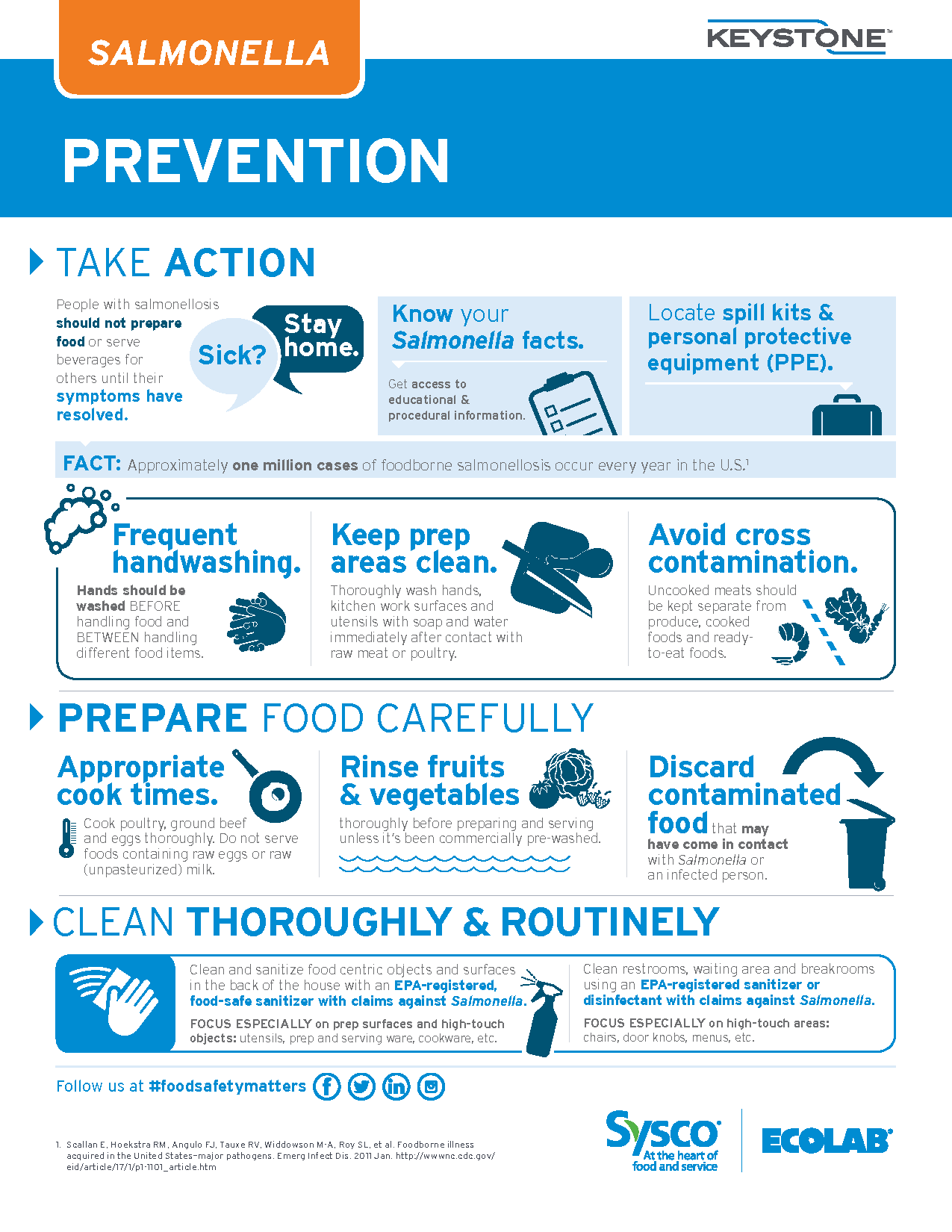
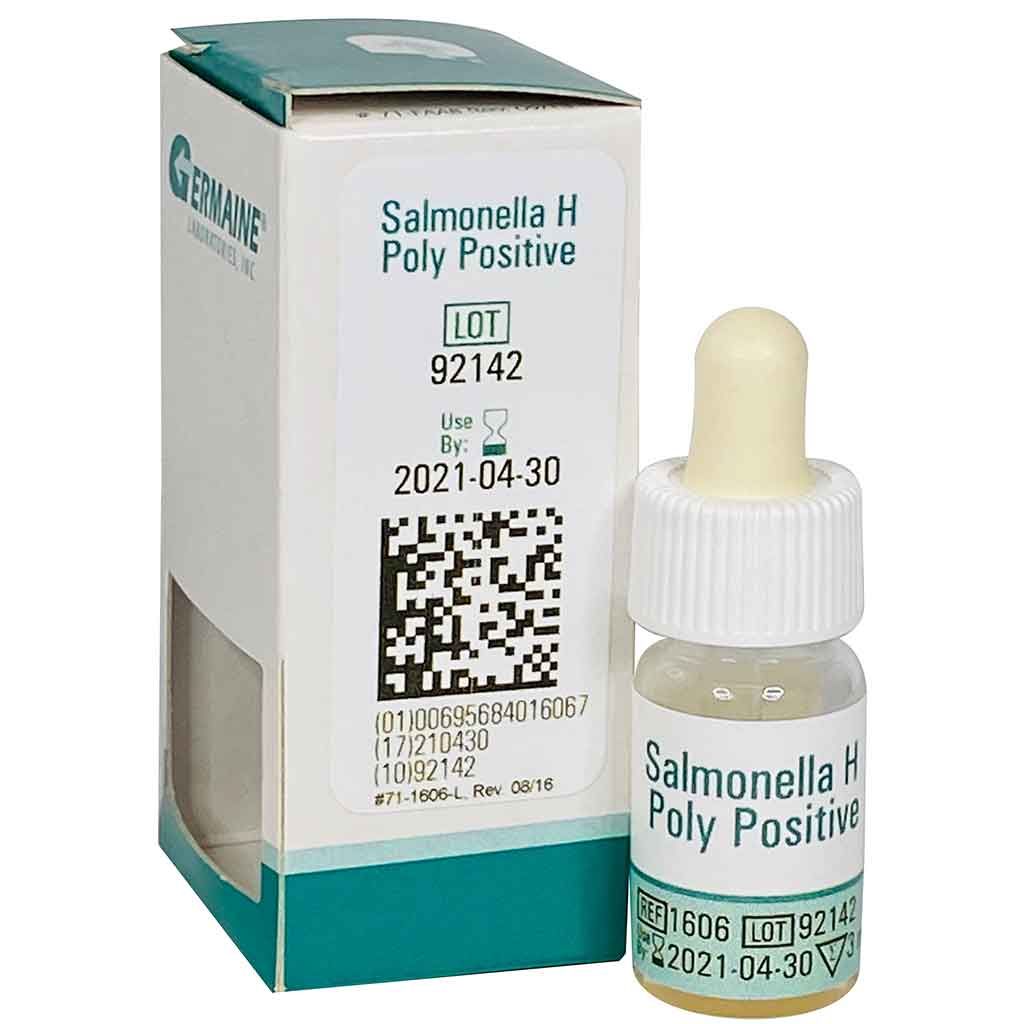


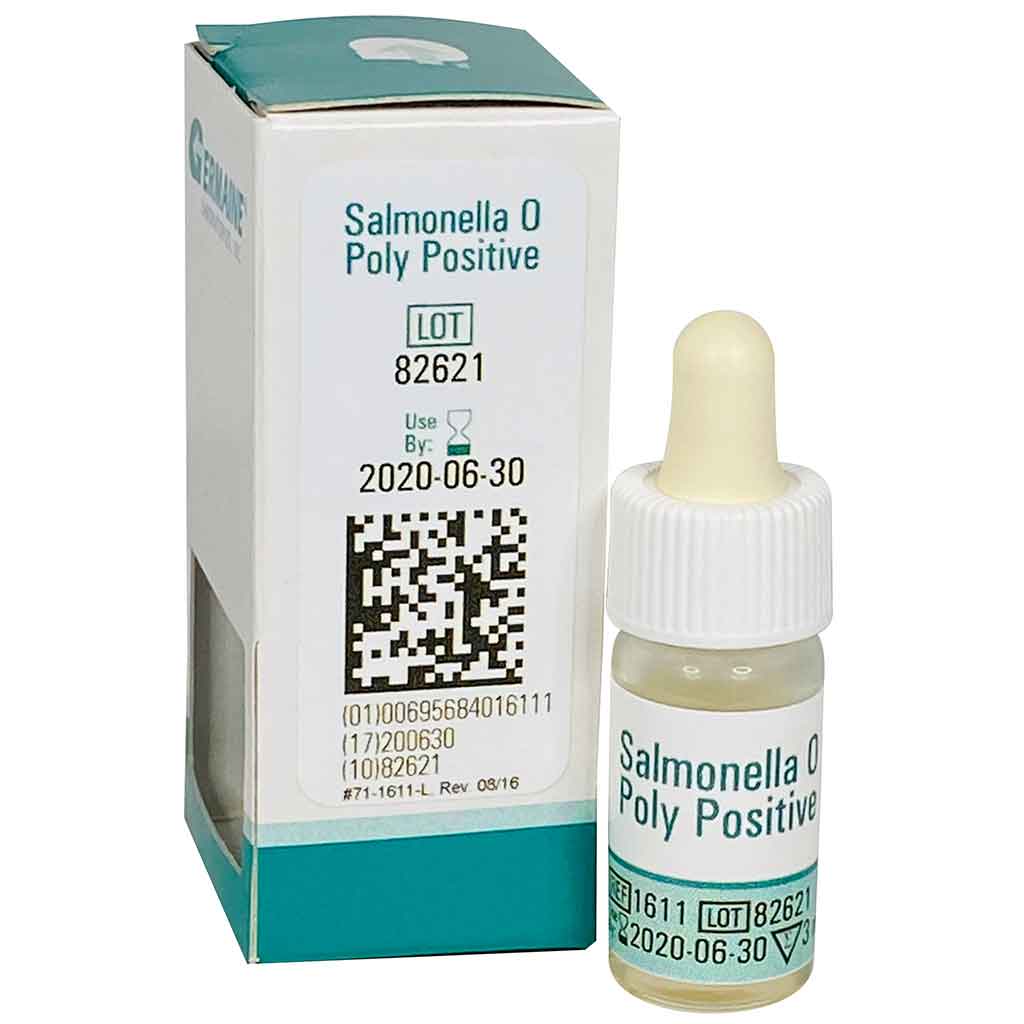

/salmonella-causes-31-5af4921bba61770036cbf751.png)
